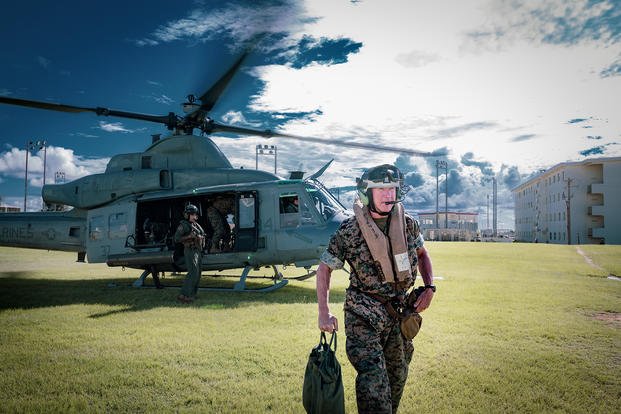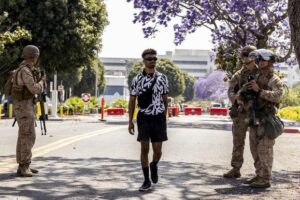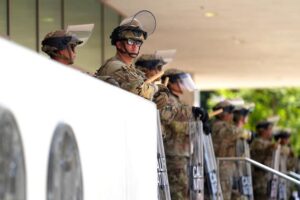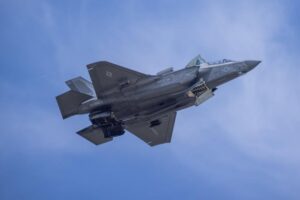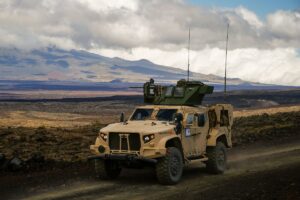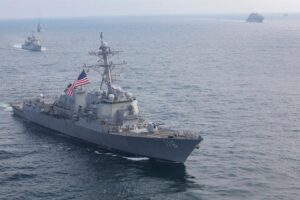U.S. Marines to Relocate from Okinawa: Commandant Expresses Strategic Concerns
In a significant realignment of U.S. military strategy in the Asia-Pacific, the Marine Corps is preparing to relocate thousands of troops from Okinawa, Japan, as part of a bilateral agreement with the Japanese government. This move has raised strategic concerns, particularly regarding the increasing influence of China in the region.
General Eric Smith, the Commandant of the Marine Corps, voiced apprehensions about the planned troop movements during a Defense Writers Group event in Washington, D.C. He emphasized that transferring Marines to Guam, as well as to Hawaii, Australia, and the continental U.S., could distance the forces from a critical area of operations.
“Guam puts us on the other side of the International Date Line. … It puts us a long way from the crisis theater, from the priority theater,” Smith remarked. He underscored the need for a “credible deterrent force” to be present in the region, referring to the first island chain east of China as a vital area of military operations.
The Defense Policy Review Initiative (DPRI) underpins this relocation, a longstanding effort to return U.S.-occupied land to Japan. This includes the transfer of approximately 9,000 Marines out of Okinawa, where a significant concentration of U.S. military facilities is currently based.
The preliminary phase of this relocation is underway, with around 100 logistics Marines already stationed at Camp Blaz in Guam. A joint statement from the Marine Corps and Japanese military on December 14 highlighted that this marks the “first phase of relocating Marines to locations outside of Japan.”
Although the full timeline for the troop redistribution remains undisclosed, the plan includes moving 5,000 Marines to Guam, with additional personnel relocating to Hawaii, Australia, and the mainland U.S. General Smith acknowledged these changes as part of treaty obligations, affirming compliance “unless and until it changes.”
The U.S. military presence in Okinawa has long been a point of contention with local residents. Historical incidents, including a notorious case in 1995 involving crimes by service members, have fueled tensions. Efforts to mitigate negative impacts on local communities continue, as stated in the December joint military announcement.
Japan has committed up to $2.8 billion to support infrastructure projects at military facilities in Guam, including Camp Blaz and Andersen Air Force Base. The U.S. will cover remaining expenses as the buildup progresses. However, General Smith expressed concerns about the strategic implications, citing the need for upgrades at Apra Harbor to accommodate larger vessels.

